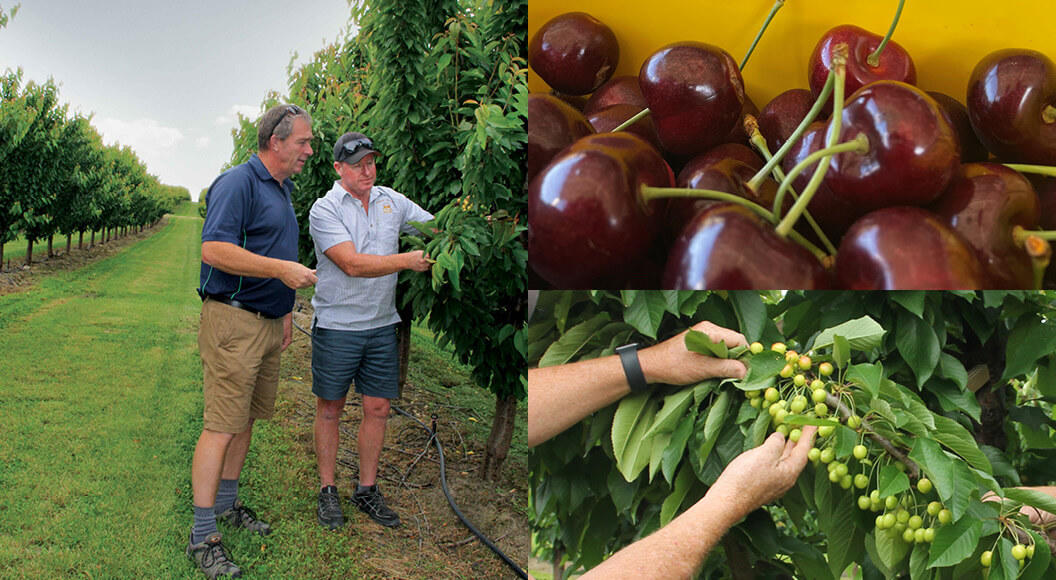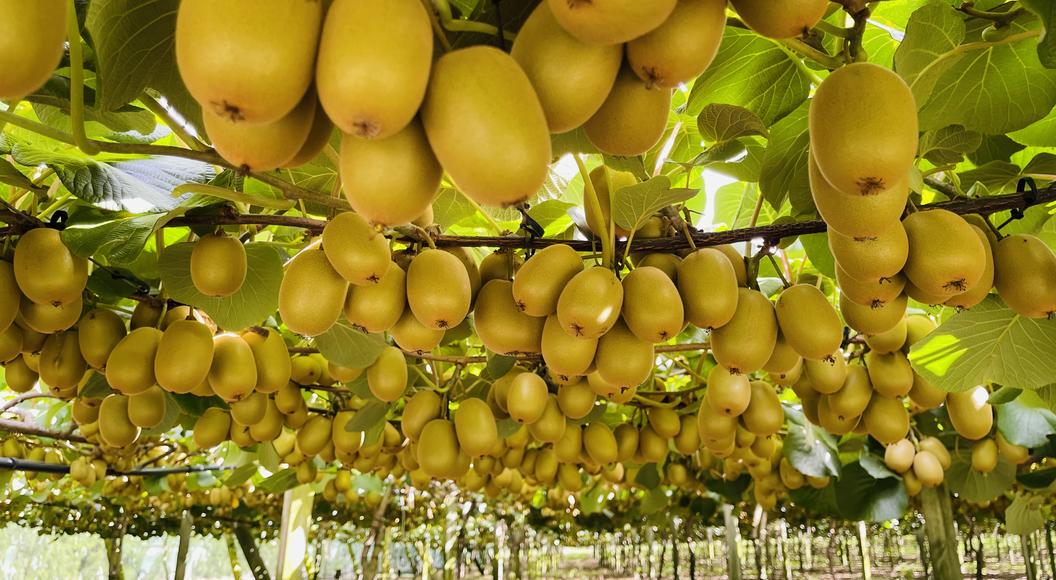
The right approach to sulphur for grazed pasture
Sulphur (S) is present in all plants and is involved in photosynthesis, overall energy metabolism and carbohydrate production. It is part of an enzyme required for Nitrogen (N) uptake, so a lack of S can hamper N’s influence on plant growth.
Together with N, S enables the formations of amino acids needed for protein synthesis. S also has a role in certain oil compounds which impact the flavour and smell of crops such as onions,
garlic and brassicas.
Deficiency symptoms are similar to N deficiency, pale green leaves. However, the deficiency affects the new or younger leaves, unlike N where deficiency shows up on the older leaves.
S is added to the soil through irrigation, rainfall and S fertilisers. It’s removed from the soil through the uptake of plants, leaching from the soil and animal and crop production.
There are two different pools of S found in soils, these are 'plant available' and 'plant unavailable'. Sulphate-S is an anion (it carries a negative charge) and is the only form of S which can be taken up by the plant root system (plant available). However, it is found in the soil in relativity small amounts, and is typically held weakly by the soil’s anion exchange complex, known as Anion Storage Capacity (ASC), which means it is prone to leaching. The other pool of S is organic-S which is found in the greatest quantity in the soil but is unavailable to plants in the short term and does not leach. However, organic-S is very important as it does slowly supply sulphate-S (plant available) to the soil over the growing season. The potential amount of organic-S in soil varies with soil type, so knowing your soil type is important for fertiliser selection.
Soil testing for sulphate-S can be unreliable. The sulphate-S test is only at a point of time whereas the organic-S test is longer term, so they complement each other. Including an organic-S test in your soil sample results every few years overcomes some of the problems of testing for only the sulphate-S and you can check your reserve S levels.
There are two common forms of S found in fertilisers. The first form is sulphate-S; it can be especially prone to leaching over winter but is easily absorbed by plant roots during a period of rapid growth.The second type is elemental-S which does not leach and is slowly available to plants (the same way organic-S is). Elemental-S is slowly available to plants because it needs to be oxidised to sulphate-S by soil microbes which takes time and requires warm soil temperatures. What form of S fertiliser you need will be very dependant on soil type and season.
Many fertilisers which contain S also contain N. Examples of sulphate-S fertiliser products are SOA and most YaraBela N+S products. Super10, although not containing N, does supply sulphate-S. Products containing elemental-S includes PhasedN and SulphurGain products. PhasedN Quick Start has both elemental and sulphate-S.
The key message for S application is little and often is usually best. This avoids issues caused by applications of high rates of quickly available S at one time of the year, such as leaching. Applying, some elemental-S during autumn means it will be oxidised in the spring when soil temperatures are warmer. In the spring, a top-up with some fast release S from products such as SOA, YaraBela N+S products and phosphate products containing sulphate-S might also be considered.
For more information on which type of S is suitable for your farm this autumn, contact your local PGG Wrightson Technical Field Representative.
Angela Darke


